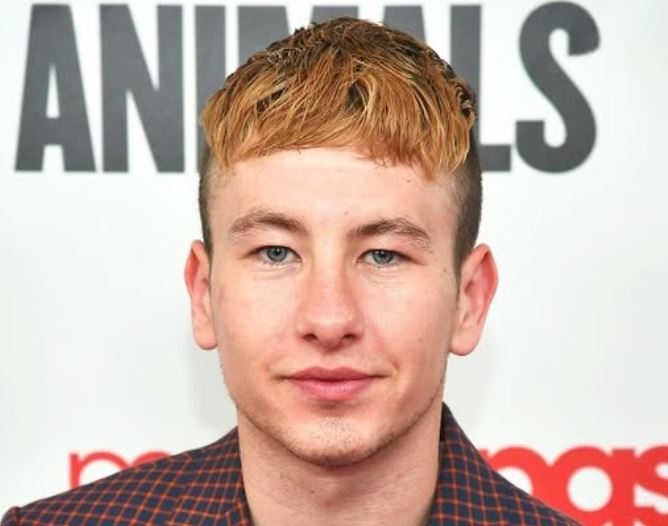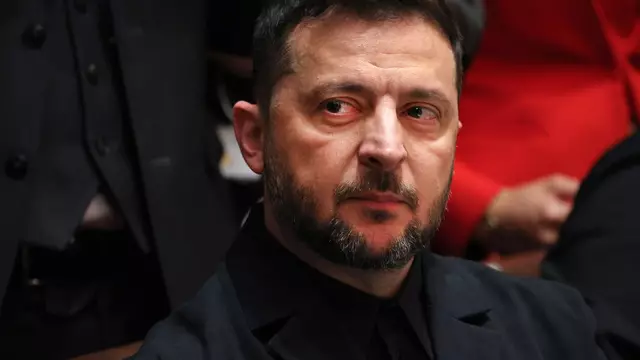Over the past three decades, the notion of male beauty has undergone significant transformations. From the chiseled features of John F. Kennedy Jr. to the modern-day “hot rodent boyfriends,” societal perceptions of male attractiveness continue to evolve.

In the late 1980s, Kennedy Jr. embodied the quintessential male beauty standard, with his athletic build and chiseled features earning him the title of People’s Sexiest Man Alive in 1988. Patrick Swayze, crowned Sexiest Man Alive in 1991, exemplified a more rugged, macho ideal.
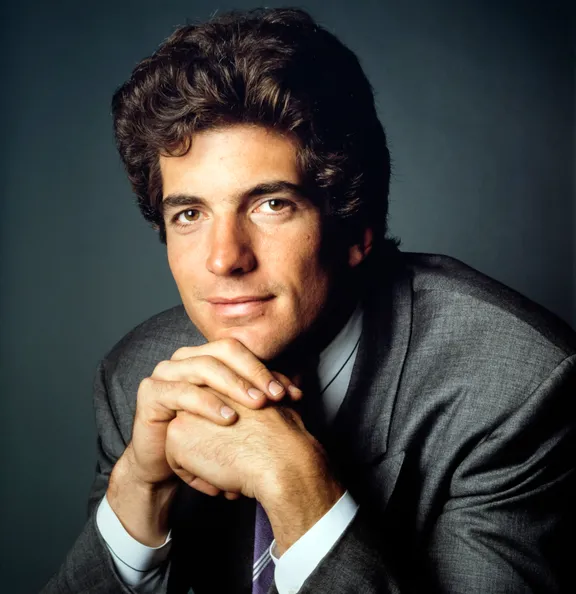
The 1990s saw a shift towards a more refined, sophisticated notion of male beauty, with George Clooney and Richard Gere becoming icons of elegance and charm. Pierce Brosnan, named Sexiest Man Alive in 2001, represented a more modern, nuanced ideal of male attractiveness.
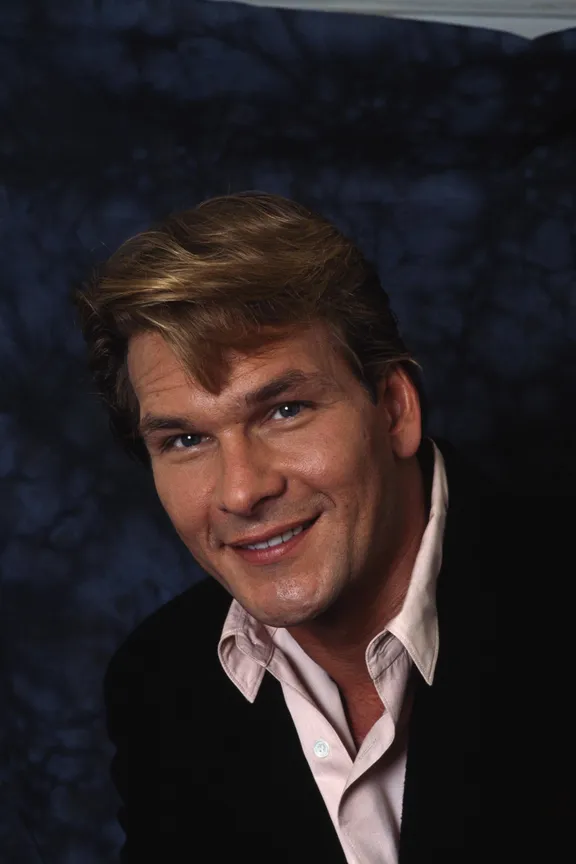
Fast-forward to the present day, and the concept of male beauty has become increasingly diverse and complex. Social media has given rise to a new generation of male beauty standards, with the “hot rodent boyfriend” trend celebrating men with unique, unconventional features.
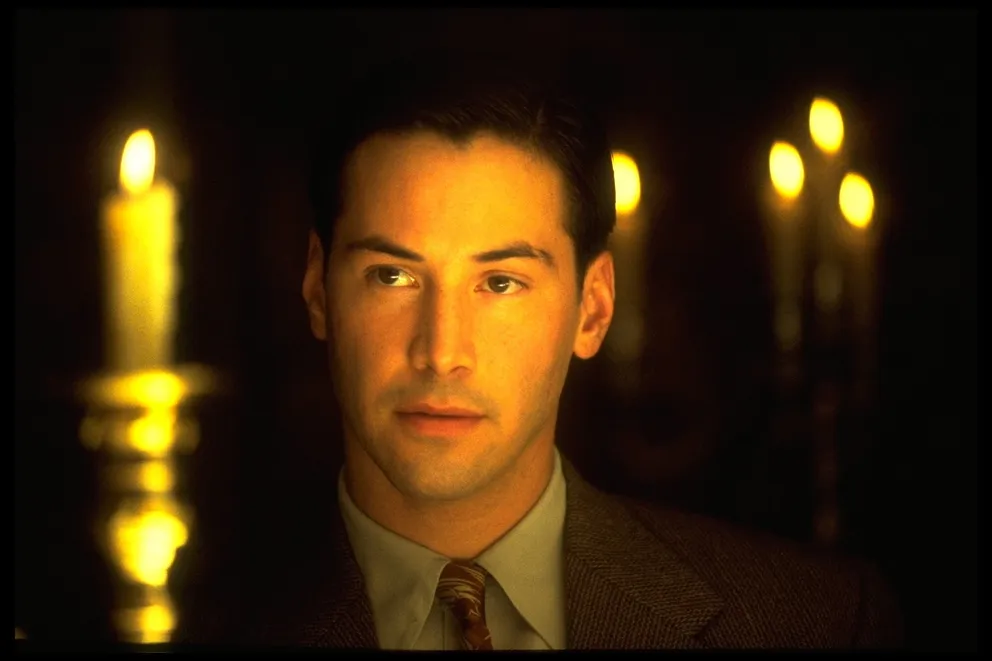
Celebrities like Jeremy Allen White, Josh O’Connor, and Mike Faist have become synonymous with this new aesthetic, with fans praising their distinctive looks and charming on-screen presence. Other actors, such as Timothée Chalamet, Adam Driver, and Kieran Culkin, have also gained recognition for their unique blend of talent and physical appeal.

Thom Yorke, the enigmatic lead singer of Radiohead, has long been admired for his androgynous beauty and captivating stage presence. As societal beauty standards continue to evolve, one thing remains clear: the concept of male beauty is multifaceted, dynamic, and forever changing.
